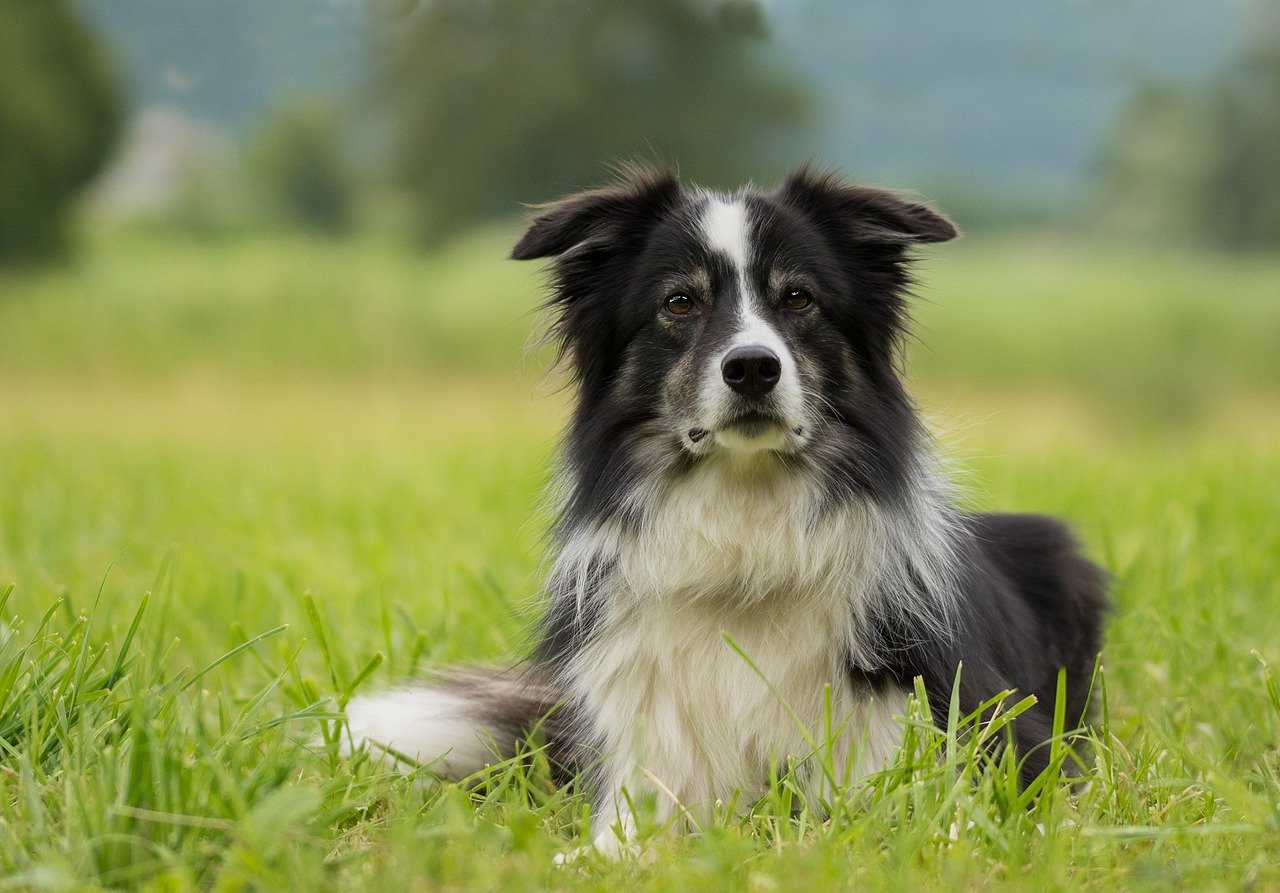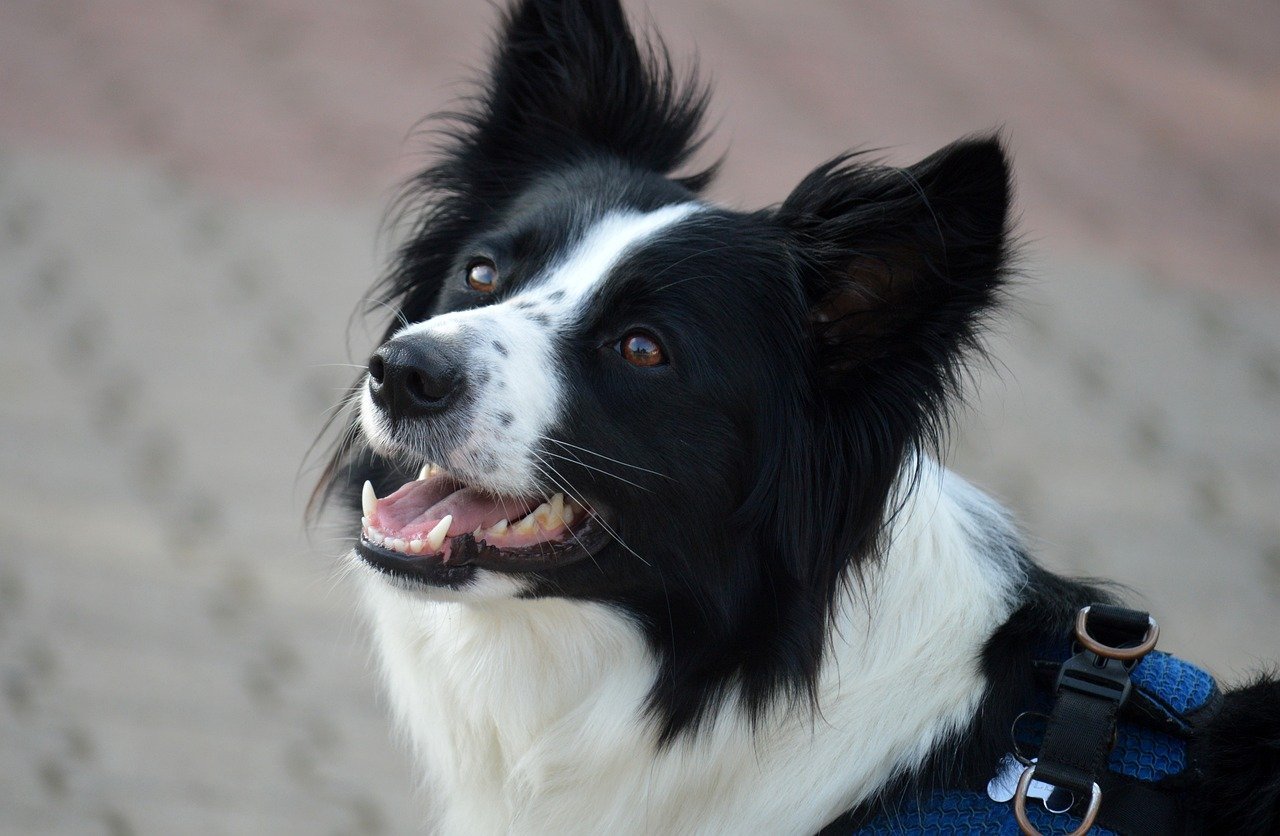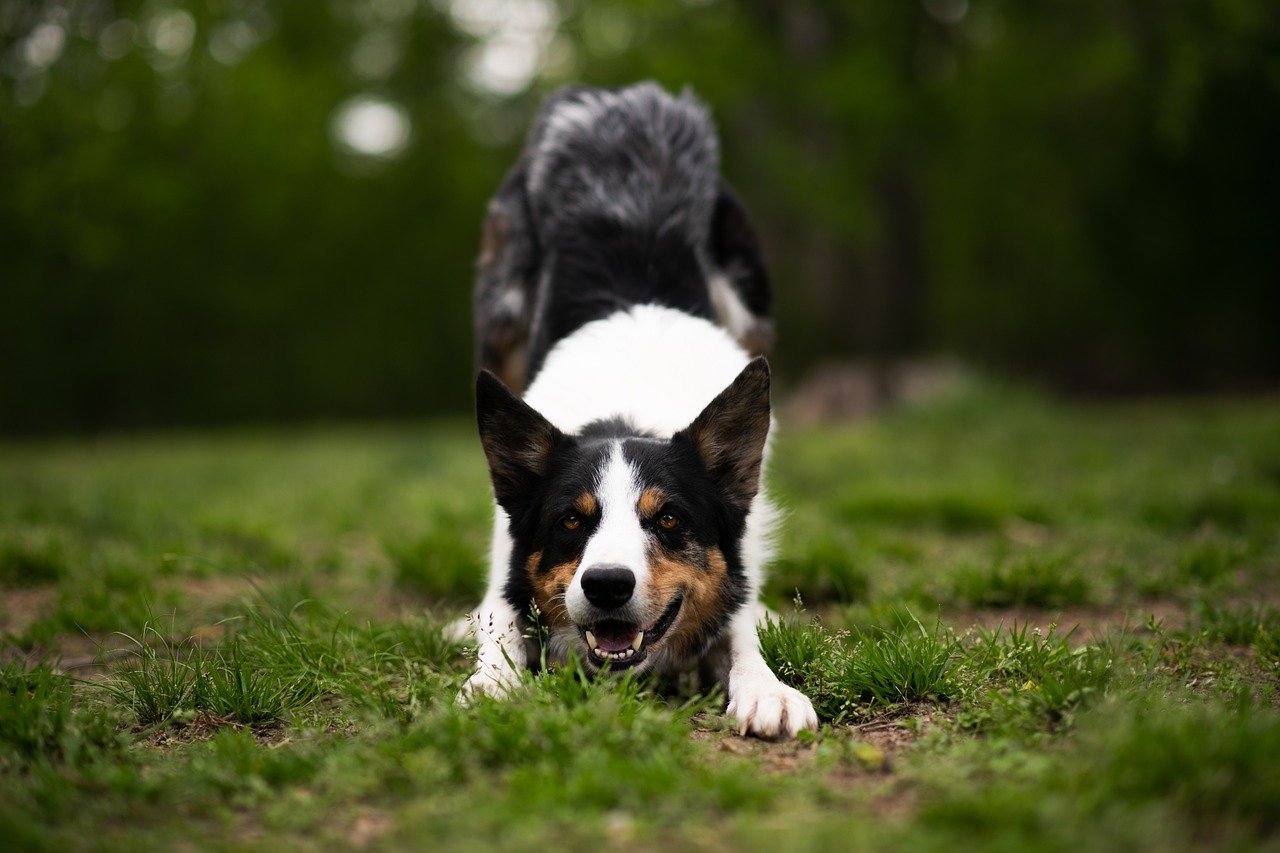Have you ever wondered about the prey drive of a Border Collie? These intelligent and energetic dogs are known for their incredible herding abilities, but their prey drive is just as remarkable. Understanding this instinctive behavior can help you better understand your furry friend and ensure their happiness and well-being. In this article, we will explore what exactly the prey drive of a Border Collie is and how it can impact their behavior and training. So, let’s dive into the fascinating world of the prey drive of a Border Collie!

Understanding the Prey Drive
Definition of Prey Drive
The prey drive refers to an instinctual behavior in dogs that is especially prominent in certain breeds, such as the Border Collie. It is the natural urge to pursue and capture prey, which can include small animals, toys, or even moving objects. The prey drive is deeply rooted in a dog’s evolutionary history as a hunter, and it can greatly influence their behaviors and responses in various situations.
Role of Prey Drive in Border Collies
Border Collies are known for their exceptional herding abilities, and the prey drive plays a crucial role in their work. This high energy breed has a strong desire to chase and control moving objects, which has been selectively bred over generations. The prey drive enables Border Collies to excel in herding livestock, as it provides them with the instinct and drive to gather and move animals efficiently. However, while the prey drive is advantageous for herding, it can present challenges in a domestic setting if not properly understood and managed.
Factors Influencing Prey Drive
Genetics
Genetics play a significant role in determining the intensity of a dog’s prey drive. Border Collies, as a herding breed, often have a strong genetic predisposition to a high prey drive. Selective breeding has honed this instinct over centuries to ensure their effectiveness as herding dogs. It is important to note that not all Border Collies will have the same level of prey drive, as individual genetic variations can influence the intensity of this instinct.
Environment
The environment in which a Border Collie is raised and lives can influence the expression and development of their prey drive. Early experiences and socialization during puppyhood are crucial, as they shape a dog’s understanding of their surroundings and how they interact with stimuli. Providing appropriate outlets for the prey drive and exposing the dog to a variety of experiences can help guide and shape their instincts in a positive way.
Training
Training plays a significant role in managing and channeling a Border Collie’s prey drive. Through consistent and positive reinforcement-based training methods, you can teach your dog appropriate behaviors and responses to their prey drive instincts. Training helps establish clear boundaries, strengthens the bond between you and your dog, and channels their energy in constructive ways.
Signs and Behaviors of Prey Drive
Stalking
One of the key behaviors associated with the prey drive is stalking. Border Collies may exhibit stalking behavior when they are fixated on an object or animal. This behavior is characterized by a focused and intense gaze, a lowered body posture, and slow, deliberate movements. Stalking is a natural part of their hunting instinct and should not be confused with aggressive behavior.
Chasing
Another prominent behavior related to prey drive is chasing. Border Collies have a strong desire to chase and pursue moving objects. This can manifest in chasing after balls, frisbees, or even other animals. Chasing is an inherent behavior in herding breeds, and it is important to provide appropriate outlets for this instinct to ensure their mental and physical well-being.
Fetching
Fetching is a behavior that can be influenced by a dog’s prey drive. Many Border Collies thoroughly enjoy the game of fetch, as it allows them to satisfy their natural instinct to pursue and retrieve objects. Engaging in regular fetch sessions can help provide an outlet for their prey drive and serve as a mentally stimulating activity.
Channeling Prey Drive in Border Collies
Herding Training
Herding training is an excellent way to channel a Border Collie’s prey drive, as it allows them to engage in a natural behavior while providing mental stimulation. Enrolling your dog in herding classes or seeking guidance from experienced trainers can help develop their herding skills and give them an appropriate outlet for their prey drive.
Play and Mental Stimulation
Engaging in regular play sessions and providing mental stimulation is vital for Border Collies with a high prey drive. Interactive toys, puzzle games, and activities that encourage problem-solving can help satisfy their mental and physical needs. Incorporating variety in playtime can prevent boredom and keep them mentally engaged.
Agility and Obedience Competitions
Participating in agility or obedience competitions can be a great way to channel a Border Collie’s prey drive. These activities provide structured outlets for their energy and give them an opportunity to showcase their intelligence and speed. The competitive aspect of these events can stimulate their prey drive and provide a sense of fulfillment.

Managing Prey Drive in Border Collies
Containment and Supervision
As Border Collies have a strong prey drive and are known for their agility, it is essential to have appropriate containment measures in place to prevent them from chasing or escaping. Securely fenced yards and supervised outdoor activities can help minimize the risk of your dog running off after something that triggers their prey drive.
Positive Reinforcement Training
Utilizing positive reinforcement training techniques is crucial in managing a Border Collie’s prey drive. Reward-based training methods, such as clicker training or treats, can help reinforce desired behaviors and encourage calm responses in situations that trigger their prey drive. By rewarding and praising positive behaviors, you can redirect their focus away from prey and reinforce appropriate responses.
Redirecting Focus
If your Border Collie becomes fixated on a target and exhibits obsessive or uncontrollable behaviors due to their prey drive, redirecting their focus can be effective. Utilizing commands such as “leave it” or “look at me” can interrupt their fixation and direct their attention back to you. It is important to practice these commands and reward their compliance consistently.
Prey Drive and Other Dog Breeds
Comparison with Other Herding Breeds
While the Border Collie breed is renowned for its prey drive, it is important to note that other herding breeds also possess this instinct to varying degrees. Breeds such as Australian Shepherds, Australian Cattle Dogs, and German Shepherds also exhibit a strong prey drive, albeit with some differences in intensity and expression. Understanding the similarities and differences between these breeds can help guide training and management strategies.
Contrasting with Non-Herding Breeds
In contrast to herding breeds, non-herding breeds may exhibit a lower prey drive, as it is not a characteristic that has been selectively bred for their specific work. However, certain individuals within non-herding breeds may still display a moderate prey drive, influenced by their genetic makeup or individual temperament. Recognizing these variations can help tailor training approaches based on each dog’s unique needs.

Prey Drive and Socialization
Interactions with Humans
Proper socialization plays a crucial role in shaping how a dog with a strong prey drive interacts with humans. Early and ongoing exposure to different people and situations can help dogs understand appropriate behavior and responses. Gradual introductions to new individuals can reduce potential anxieties and minimize any fear-based responses that may be triggered by their prey drive instincts.
Interactions with Other Animals
It is important to carefully manage a Border Collie’s interactions with other animals, particularly small pets or livestock, due to their innate prey drive. Early exposure and controlled introductions can help establish appropriate behavior and minimize any potential harm. However, it is crucial to remember that a Border Collie’s prey drive may override obedience commands or training measures, necessitating ongoing supervision and precautionary measures.
Prey Drive and Exercise
Importance of Regular Exercise
Regular exercise is paramount in managing a Border Collie’s prey drive. Engaging in physical activities such as walks, runs, or hikes can help channel their energy and prevent frustration or boredom. A tired dog is less likely to exhibit excessive prey drive behaviors, as their physical and mental needs are met.
Recommended Activities for Satisfying Prey Drive
Providing appropriate outlets for a Border Collie’s prey drive through targeted activities is essential. Activities such as flyball, disc dog, lure coursing, or dock diving can help satisfy their need to chase and retrieve objects in a controlled and structured manner. Incorporating these activities into their exercise routine can help provide mental stimulation and reinforce positive behaviors.
Common Challenges with Prey Drive
Obsessive Behavior
One challenge that can arise with a high prey drive in Border Collies is the potential for obsessive behavior. If a dog becomes fixated on a particular target or object, they may exhibit excessive focus or persistence, leading to an inability to disengage. Obsessive behaviors can be addressed through redirecting their focus, providing alternative activities, and seeking professional guidance if necessary.
Difficulty with Recall
Border Collies with a strong prey drive may face challenges with recall, particularly when they are engaged in chasing or pursuing an object. The intense focus and instinctual drive can override their response to verbal commands. This emphasizes the importance of consistent and ongoing training to reinforce recall and ensure a reliable response, even in the presence of prey-related distractions.
Risk of Escaping Enclosures
Due to their agility and strong prey drive, Border Collies can be prone to attempting to escape enclosures in pursuit of something that triggers their instinct. Ensuring secure fencing, regular inspections, and implementing additional safety measures can minimize the risk of escape and help safeguard their well-being.
Seeking Professional Help for Prey Drive
Consulting a Veterinarian
If you have concerns about your Border Collie’s prey drive and its impact on their behavior or overall well-being, it is beneficial to consult with a veterinarian. They can assess your dog’s individual temperament, health, and provide guidance on managing their prey drive and addressing any associated challenges. A veterinarian can also rule out any underlying medical conditions that may contribute to specific behaviors.
Working with a Professional Dog Trainer
Working with a professional dog trainer experienced in handling high prey drive breeds can be immensely helpful. They have the knowledge and expertise to assess your Border Collie’s prey drive and develop individualized training plans to manage their behaviors effectively. A trainer can guide you in creating a structured routine, implementing appropriate training techniques, and addressing any behavioral concerns that may arise.
In conclusion, understanding and managing the prey drive in Border Collies is crucial for their well-being and successful integration into domestic settings. By recognizing the influence of genetics, environment, and training on their behaviors, you can provide appropriate outlets for their prey drive and ensure they lead fulfilling lives. Through responsible ownership, proper socialization, and engaging activities, you can foster a harmonious relationship with your Border Collie and channel their remarkable instincts in constructive and rewarding ways.

